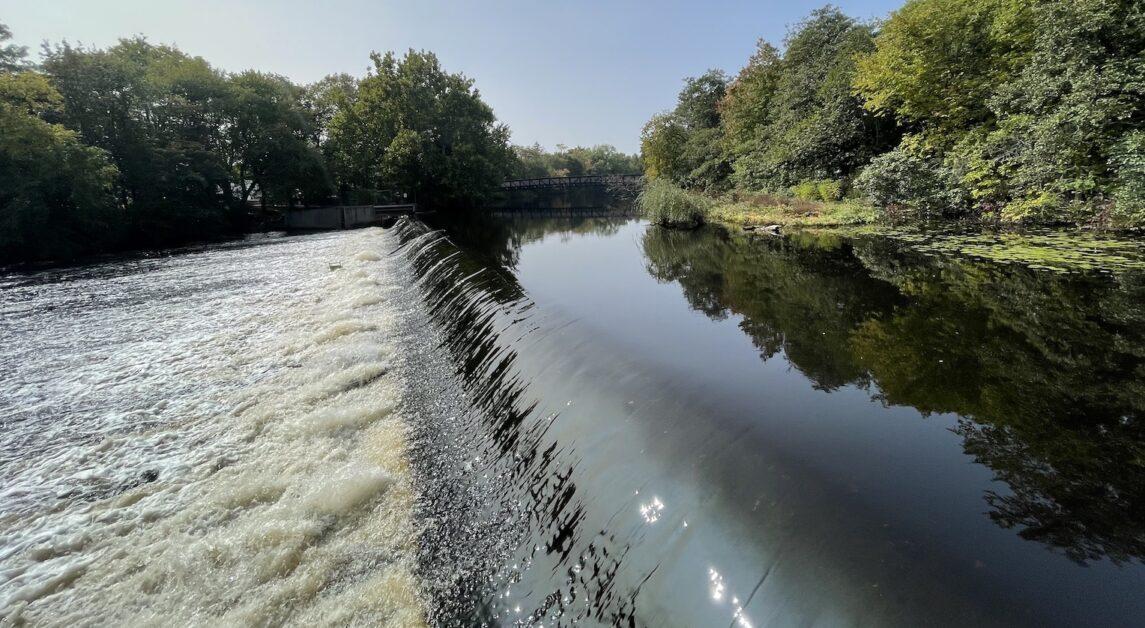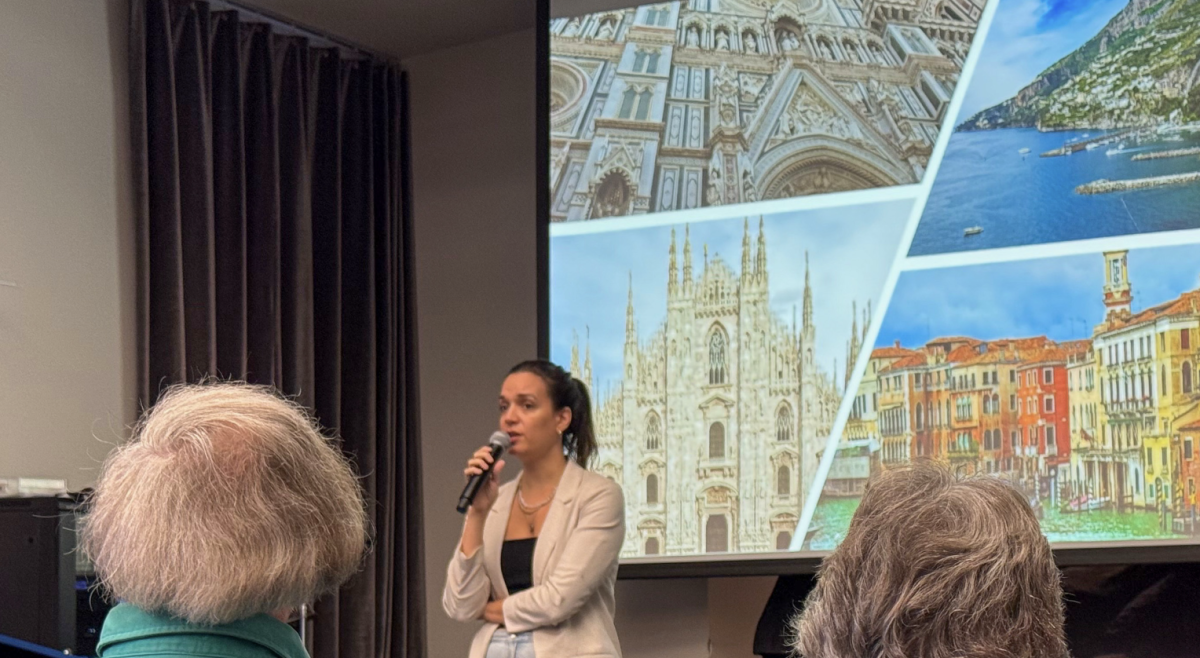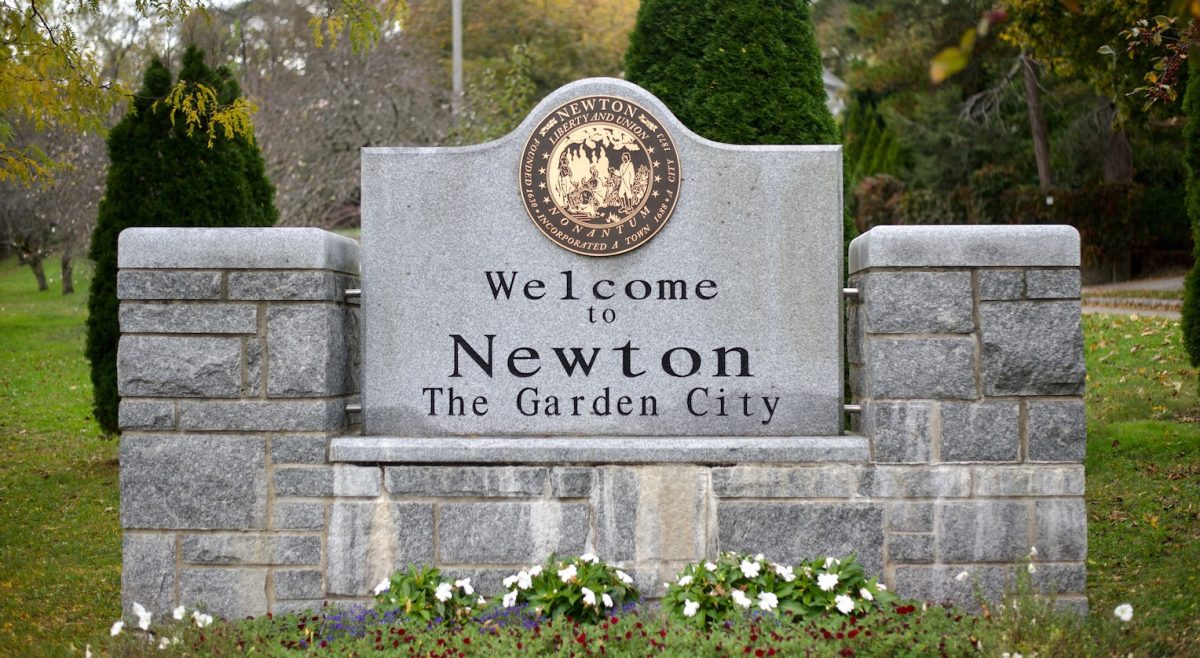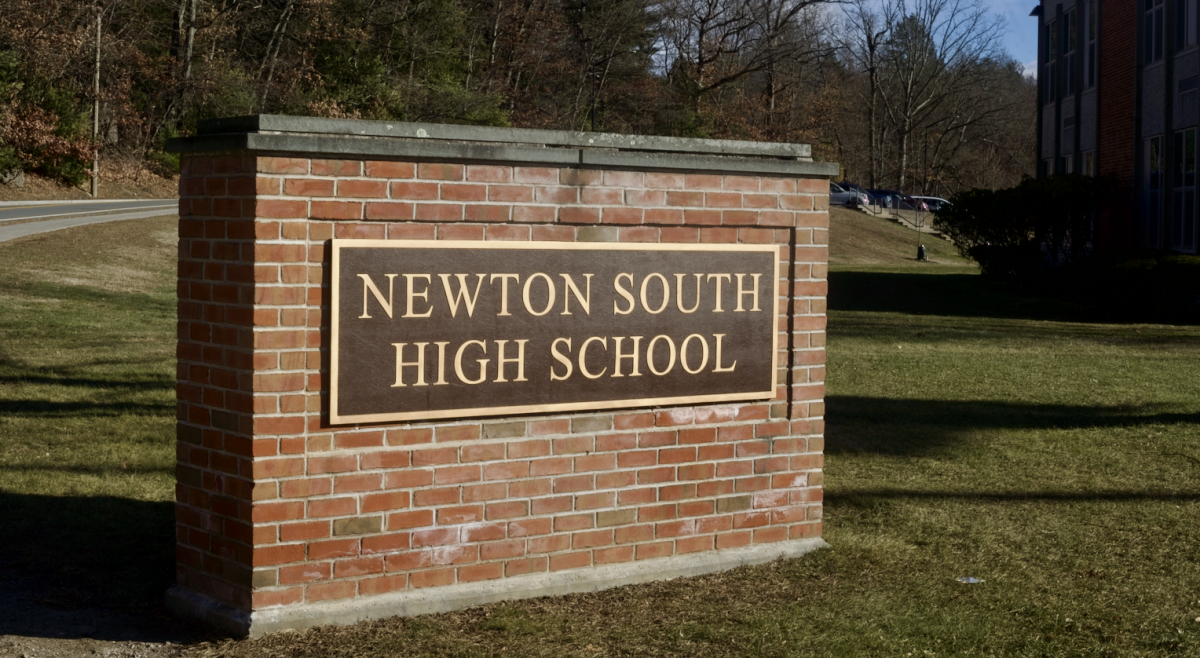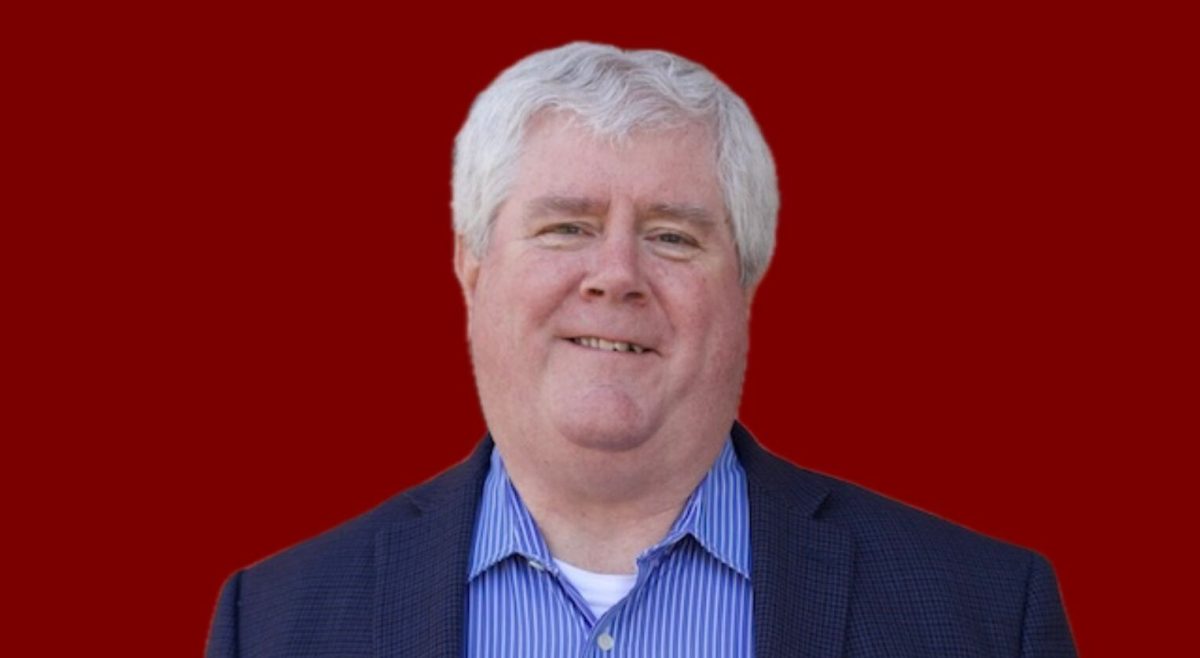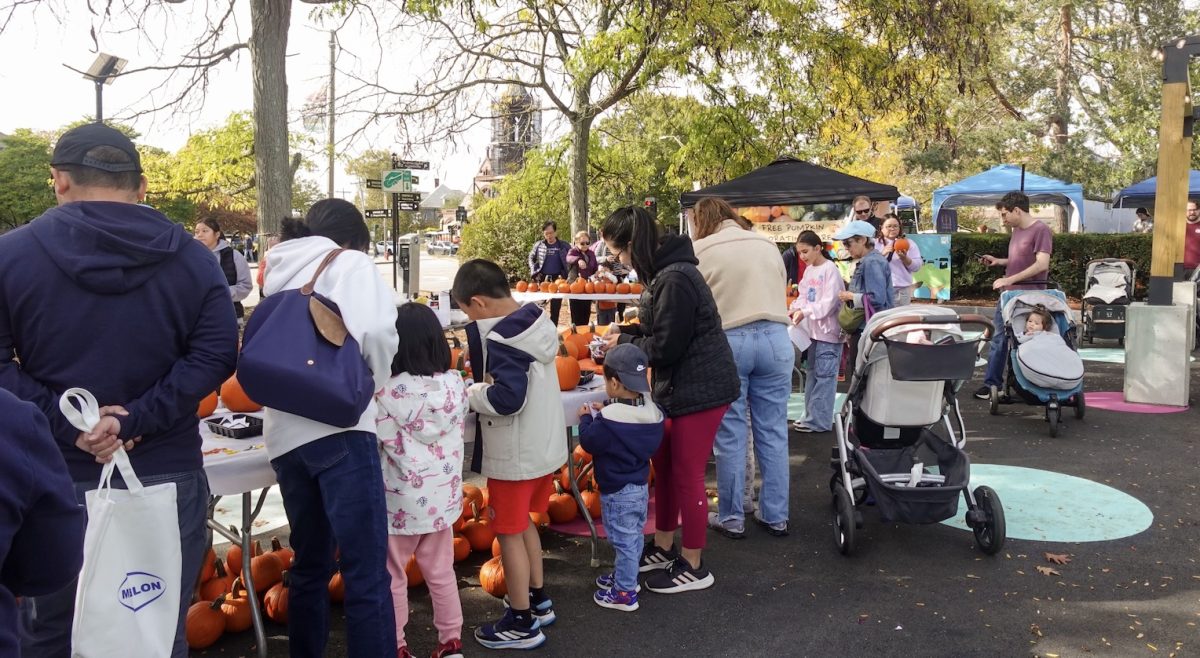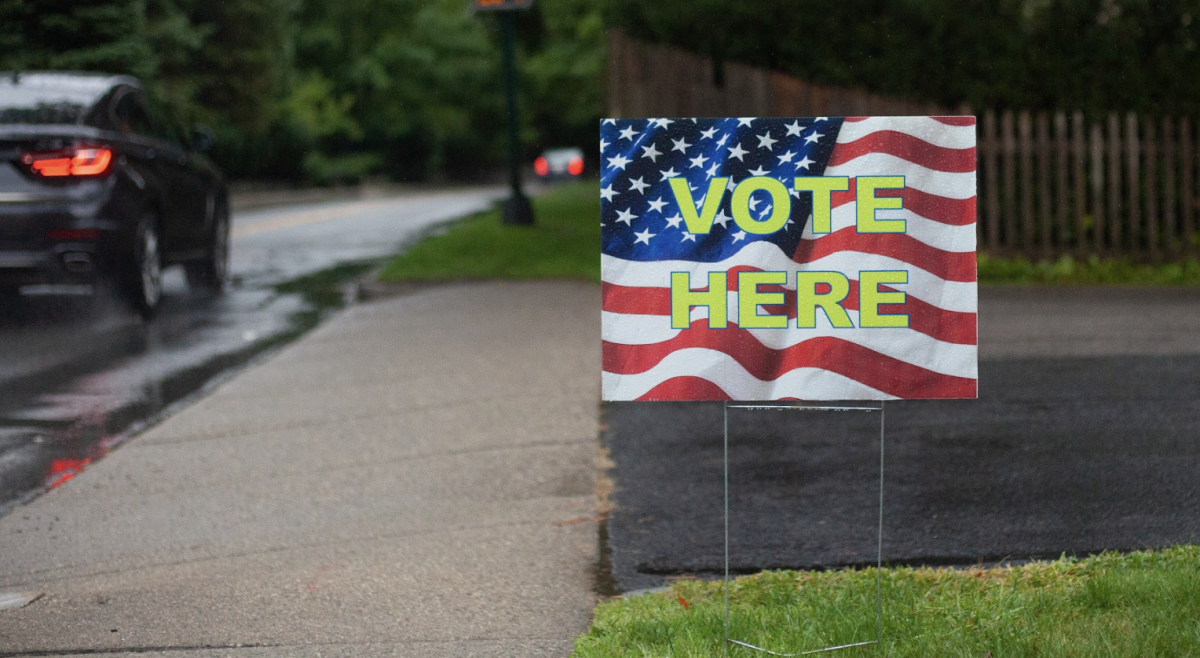An increase in flooding caused by climate change in the Greater Boston area—including the City of Newton—worries those who work for the Charles River Watershed Association (CRWA), officials in the organization said.
“There’s too much water for our current system to be able to absorb,” Emily Norton, executive director of the CRWA and Ward 2 city councilor, said. “So that’s a lot of our work—helping educate cities and towns on what they can and should be doing differently to protect people and property from flooding.”
The CRWA’s employees and board members, who advocate for a clean Charles River, have worked since 1965 to protect, restore, and enhance the river, according to the organization’s website.
Norton said that water runoff is a great concern in the area not just for flooding reasons, but also because it can cause pollution of the river, especially given the terrain of the land near the Charles River.
“Storm water runoff is arguably the biggest threat to the Charles,” she said. “Virtually every paved surface in our entire 35–city and town watershed sends polluted stormwater runoff into the river.”
The geography of the Greater Boston area makes it prone to water build up, according to Noah Snyder, department chair of earth and environmental sciences and professor at Boston College.
“Historically, the cities of New England were built in the … 18th and 19th centuries along rivers because at that time, the best, most concentrated source of power was rivers,” Snyder said. “Cities, by having lots of pavement and roofs, are extra prone to flooding because all that water … isn’t going into the ground. It’s running over the street.”
A model from CRWA, called the Charles River Flood Model, assesses flood risk in the city to inform the organization on how to lessen devastating impacts from storms, according to Dira Johanif, senior climate resilience associate at CRWA.
“We’ve looked at different impacts related to the storms that we’re expecting to see in the future,” Johanif said. “And also part of that is looking at solutions to flooding across the watershed that would impact not just the community itself but multiple communities that surround it.”
According to Snyder and officials at CRWA, infrastructure in the area needs improvement.
“There’s been a couple of dams in the Newton area that we’ve been focusing on,” Robert Kearns, CRWA watershed restoration specialist, said. “One is the Lower Falls Dam, which was inspected back in 2021 and is in poor condition … it also was a significant hazard potential–dam so if it were to fail, it would have impacts on property and potential loss of life downstream.”
Snyder said that, due to climate change, the infrastructure meant to deal with rain and water runoff is technologically outdated.
“It’s raining harder—we get more rain in a day now than we did,” he said. “A really super crazy rainy day now is rainier than it was, you know, 30 years ago or 50 years ago, when a lot of these pipes were put in.”
He said that changes are possible, but people must be willing to address the issue.
“We need to be resilient,” Snyder said. “We need to make our cities resilient to a changing climate, which means that we need to have infrastructure that is flexible and can accommodate more extremes.”
To address these issues in the city, officials from the CRWA also emphasized the need for updated infrastructure, as well as implementing ideas like a tree ordinance that would encourage tree planting in Newton. The extra trees would help to absorb stormwater, according to Norton.
She also said that, looking ahead, addressing flooding worsened by climate change needs to become a greater priority in city government.
“No one in our watershed, none of our cities and towns—not even Boston—have someone whose full-time job is to protect people and property from flooding,” Norton said. “It’s really just this sort of gap in governance, [and] we really do need the state and federal government to be providing more support to communities like Newton.”

